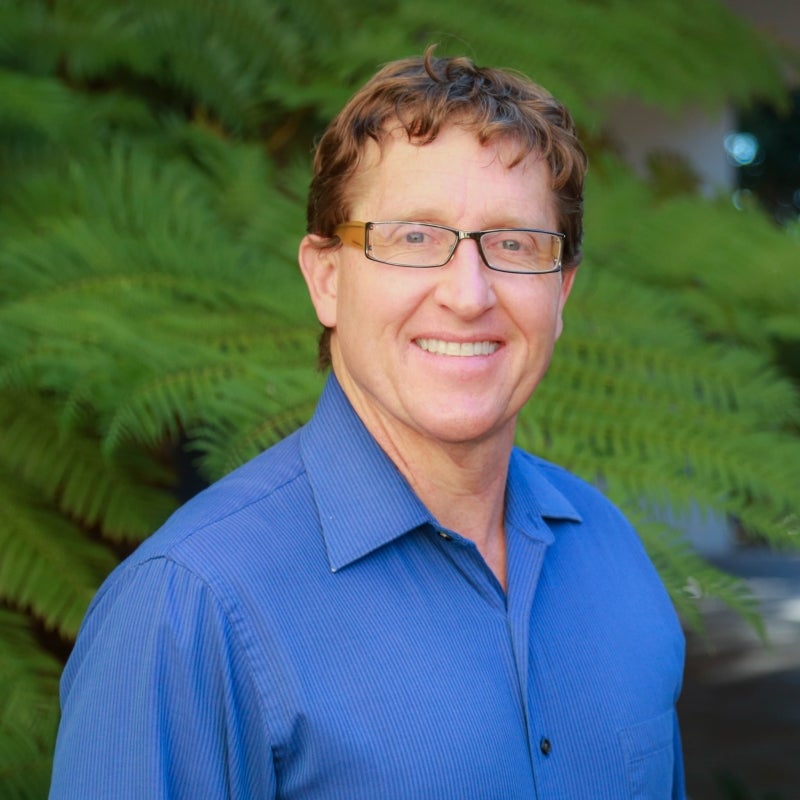Challenges at the energy-environment nexus frequently involve societal or economic compromises, unless technological advancements can provide new opportunities. In this respect, chemical engineers are well-suited to pursue such advancements, with skill sets that permit innovations to be integrated across disciplines. This is especially the case for research efforts aimed at developing improved materials for sustainable conversion or storage of energy, based on earth-abundant components. Recent advances in chemical syntheses, physical characterization, and modeling capabilities enable the properties of heterogeneous solids to be measured, understood, and correlated in ways that have not previously been possible. Technologically important examples include heterogeneous materials for electrochemical applications, such as mesoporous carbons, whose properties have been challenging to understand and control. This has been due in part to their non-stoichiometric compositions, high electrical conductivities, heterogeneous surfaces, and complicated structural order and disorder that have important influences on their transport, adsorption, and reaction behaviors. By using a combination of scattering, bulk property, solid-state NMR spectroscopy, and modeling analyses, mesoporous carbon materials can be probed over multiple length scales to obtain and correlate insights on local bonding environments and interactions with macroscopic catalytic properties. Recent results will be presented on syntheses, characterization, and electrocatalytic properties of novel non-precious-metal-containing mesoporous nitrogen-carbon materials. These lead to new insights on the atomic-level compositions and structures of mesoporous nitrogen-carbon materials and the important influences that certain surface moieties have on oxygen- or sulfur-reduction reactivities. The analyses provide guidance for the rational design and syntheses of new catalysts for diverse fuel cell and battery applications.

Prof. Chmelka received his PhD in chemical engineering from the University of California, Berkeley in 1990 under the supervision of Prof. Clayton Radke and Prof. Eugene Petersen. Prior to graduate studies, he was a plant-startup engineer for two years with Unocal’s Oil Shale Operations in Colorado (U.S.), after receiving his Bachelors of Science degree in chemical engineering from Arizona State University. Following his PhD, he received a Post-Doctoral Fellowship in Chemistry from the U.S. NSF to conduct research at the University of California-Berkeley with Prof. Alexander Pines in the Department of Chemistry and a NSF-NATO Post-doctoral Fellowship to conduct research at the Max-Planck-Institute for Polymer Research in Mainz, Germany with Prof. Hans Wolfgang Spiess.
Prof. Chmelka joined the Department of Chemical Engineering at UCSB in 1992 and holds the title of Distinguished Professor. His research seeks to correlate, understand, and improve the molecular and macroscopic properties of heterogeneous engineering materials, with emphases on those used for energy and environmental applications. He is a foreign member of the Royal Swedish Academy of Sciences (2015) and the Royal Swedish Academy of Engineering (2017). His research has been recognized by the 2016 Braskem Award from the Materials Science and Engineering Division of the American Institute of Chemical Engineers, a David and Lucile Packard Foundation Award, a Camille and Henry Dreyfus Teacher-Scholar Award, an Alfred P. Sloan Foundation Research.

